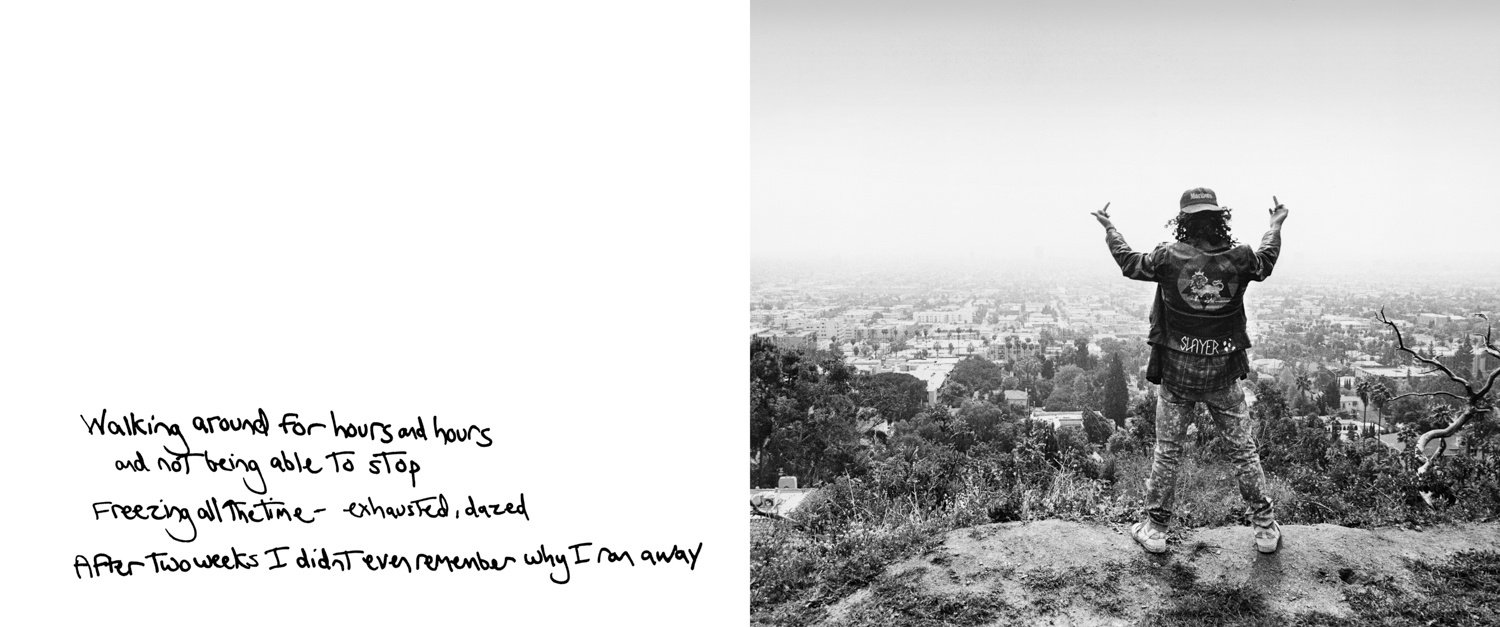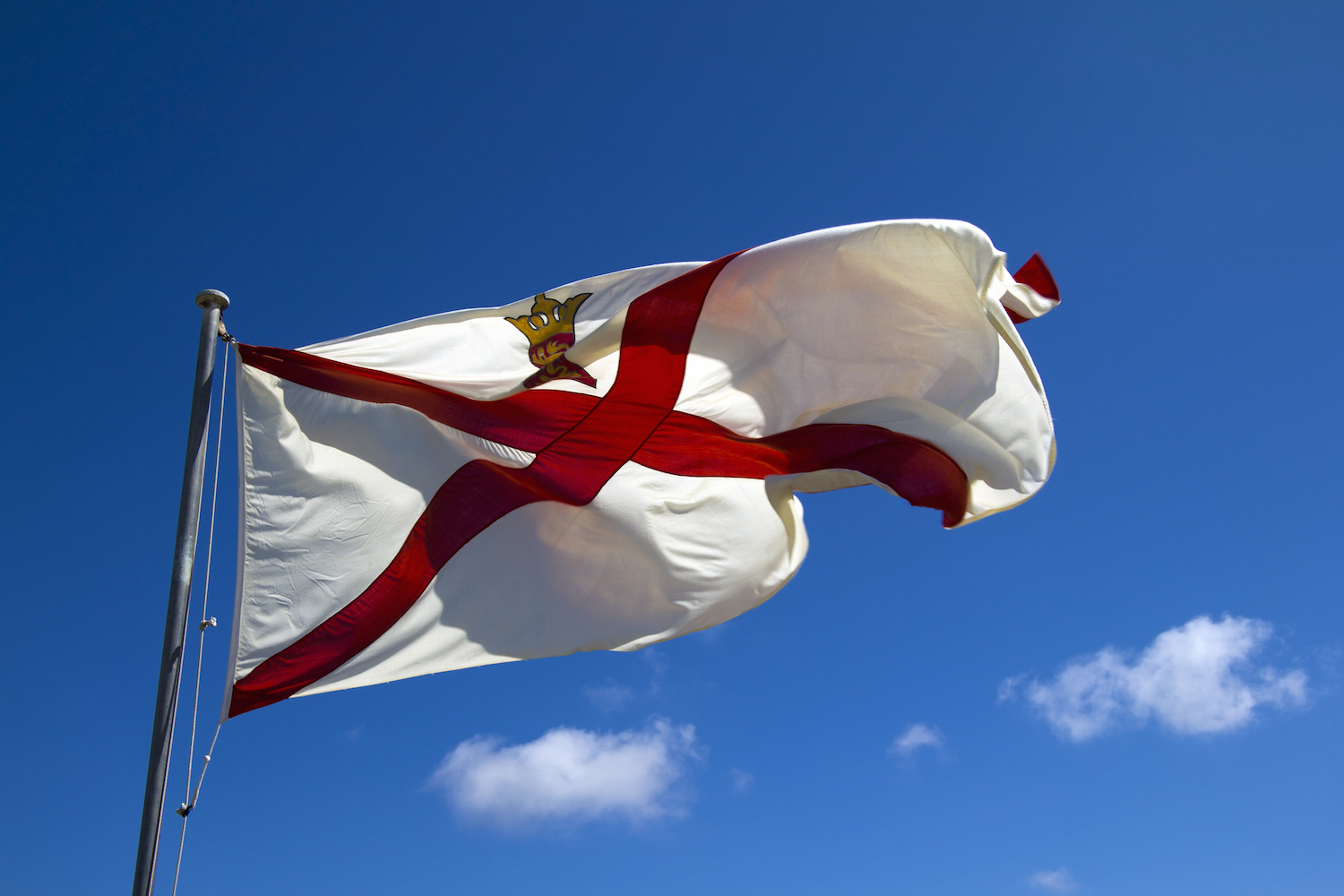JIM GOLDBERG

Jim Goldberg is an American photographer best known for his 1995 photobook ‘Raised by Wolves’ which is a documentation of the lives of homeless youth on the streets of California. The series follows a range of characters but primarily focuses on Tweeky Dave and Echo, two teenage drug-addicts. Goldbergs photobook is composed of mixed media including images, video-stills, drawings & interviews mostly with Dave or Echo discussing anything from drugs to home life & their troubled childhoods. Goldberg turns the camera on his subjects and tells a story through their eyes – his photobook is a raw and unfiltered journey through the highs and lows of troubled youth that makes the reader feel connected with his subjects, going as far to include media such as doctors notes or police statements about them, this makes us feel we are there alongside them, experiencing the atmosphere Goldberg photographs of his surroundings whilst hanging out with his subjects, usually in abandoned, rotting houses or underneath highway bridges.

Through his protagonist’s stories Goldberg displays a different side of life in Hollywood through his outsider vs. insider narrative, a drastic change from the stereotypical flashy glamourous lifestyle celebrities in Los Angeles live. I am inspired by Goldbergs work, particularly Raised By Wolves because it gives a unique outlook on life on the streets in almost an endearing way, reading the photobook i felt emotion through Goldberg immersing himself in the life of his subjects and i feel the book incorporates both professional photography and ‘homemade’ more personal elements e.g the subjects writing in the book or including drawings and personal belongings from their lives, it gives a good sense of understanding and helps the reader get to know the characters more. Inspired by this, i plan to include writing in my book from both myself and my friends when i interview them.


IMAGE ANALYSIS

This photo depicts Tank, a homeless youth, pointing a gun at an outsider on the street. Goldberg took this image at an abandoned house the group frequented, where he would photograph them shooting heroin, a key part of the photobook that showcases the darker side of street life. The photo is monochromatic, stripping back emotion to highlight the subject with his gun. The image features a grainy effect that shows the unfiltered theme of the book. The camera is close to Tank aiming the gun and in the distance you can barely make out the figure on the street, this alludes to the outsider vs. insider narrative that runs through the book. The lighting rests primarily on the gun, highlighting the violence and oppression on the streets of California, whereas the stranger on the street is hidden by shadows, putting the focus on Tank. This provides the photo narrative as the viewer is unsure of who the stranger is, and why the gun is pointed at him.























































